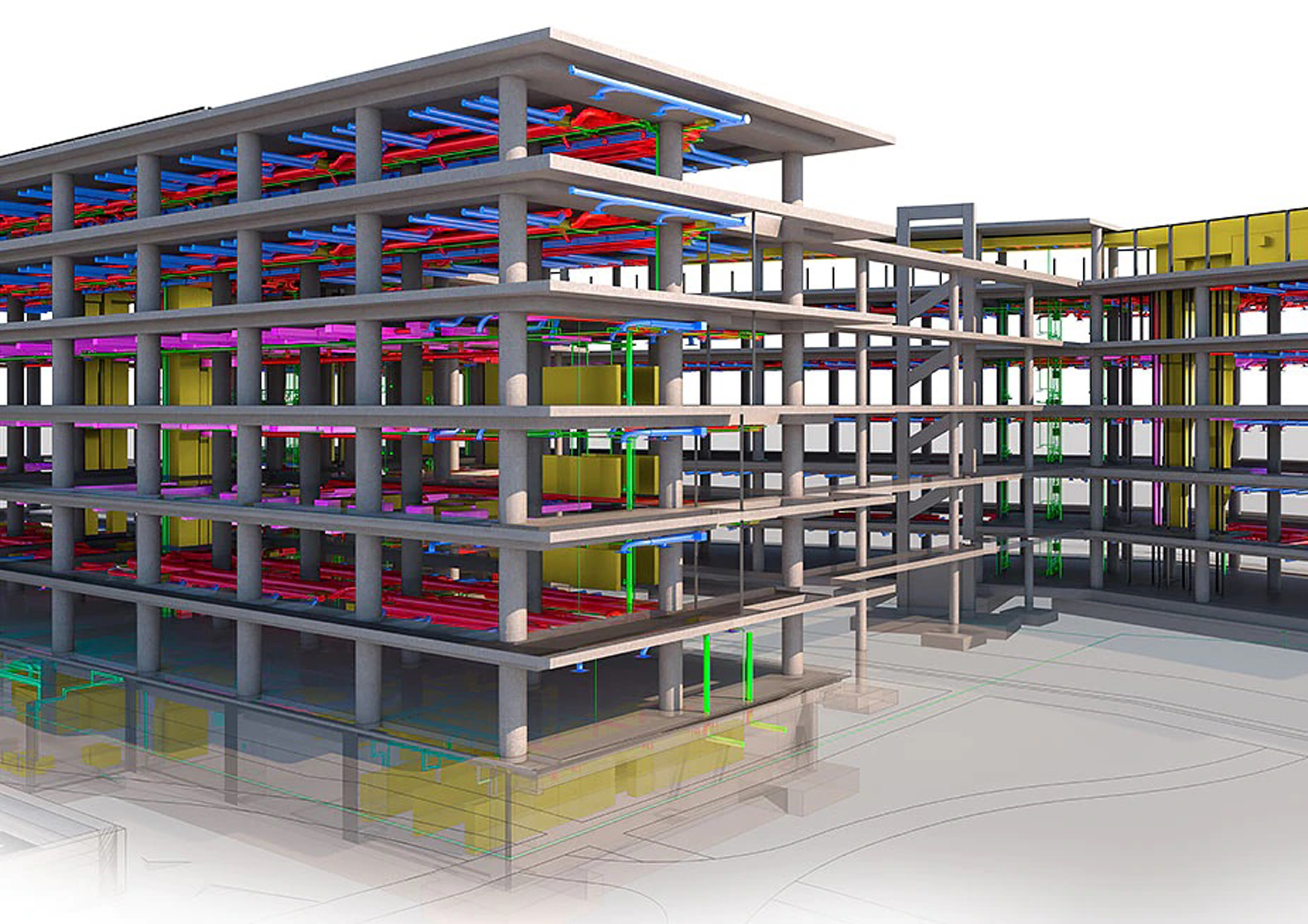Modern construction depends on smart planning and clear visualization.
Architects and builders now trust Architectural Modeling Services to turn complex ideas into easy-to-understand designs.
These models save time, reduce mistakes, and help bring creative visions to life.
Understanding What Architectural Models Mean
Before exploring their benefits, it’s important to know what is Architectural Models.
They are scaled visual or digital representations of a building before it is built.
They show size, structure, design, and function in detail.
Architectural models can be physical or 3D digital forms.
Both help architects and clients see how the final structure will look and work.
They make ideas visible, measurable, and practical.
The Shift Toward Modern Modeling Tools
Traditional blueprints once guided construction work.
But flat drawings could not fully show shape, depth, or material details.
Today, digital models have changed everything.
With Architectural Modeling Services, architects use software tools to build virtual designs.
These models display lighting, textures, and dimensions with precision.
This shift helps architects and builders visualize every part of a project before construction begins.
Better Planning from the Start
Every project starts with an idea.
Turning that idea into a solid plan is not easy.
Architectural modeling helps define every part of that plan.
It shows how spaces connect, how light enters, and how materials fit together.
Builders get a clear map before the first brick is laid.
This early clarity reduces confusion and saves time during the build.
Helping Teams Communicate Better
Construction involves many people architects, builders, engineers, and clients.
Without clear communication, projects face delays or design errors.
Architectural models act as a shared language.
They show the project visually, leaving no space for misunderstanding.
Teams can review the same model and discuss updates in real time.
This transparency keeps everyone aligned and builds trust across the team.
Saving Time and Reducing Rework
Time is valuable in construction.
Small mistakes during planning can lead to big delays later.
With Architectural Modeling Services, errors appear before construction starts.
Design issues, space conflicts, or structural mismatches get spotted early.
This early correction saves both time and money.
Builders can then move forward with confidence, knowing the design fits perfectly.
Improving Design Accuracy
A successful project depends on accuracy.
Architectural models show exact dimensions and layouts.
They also simulate how the building will respond to natural light or weather.
This precision allows architects to adjust designs early.
Even small tweaks become visible in the model.
It ensures that the final structure matches the original concept with near-perfect accuracy.
Making Clients Part of the Vision
Clients often find technical drawings confusing.
They want to see what they are paying for.
Architectural models make this easy.
They present the whole idea in a visual, interactive form.
Clients can view spaces, suggest changes, or ask questions before approval.
This helps avoid surprises during construction and improves client satisfaction.
Supporting Smart Material Choices
Selecting materials is a key part of any project.
Bad choices can affect cost, look, and durability.
Architectural models allow architects to test different materials digitally.
They can compare colors, finishes, and styles before buying anything.
This helps control budgets and achieve the best possible design outcome.
Enabling Faster Approvals
Every construction project needs approvals from clients or authorities.
Detailed models help present the project clearly and professionally.
When reviewers see a visual model, they understand the design faster.
It speeds up approval, avoids confusion, and keeps the project timeline safe.
This advantage makes Architectural Modeling Services essential for complex or large-scale developments.
Enhancing Collaboration Between Design and Construction
The gap between design and on-site work often causes project stress.
Architectural models bridge that gap perfectly.
Builders use the model to understand technical details like floor height, window placement, or structure thickness.
They don’t need to guess from flat drawings.
This shared understanding ensures smoother coordination and fewer site errors.
It makes teamwork easier and more efficient.
Supporting Sustainability Goals
Modern architecture aims to be eco-friendly.
Architectural modeling helps test sustainable ideas before real construction.
Architects can check natural light flow, energy use, and ventilation systems.
They can also plan green materials and eco-friendly layouts.
This results in buildings that use less energy and last longer.
Sustainability becomes a practical part of the design, not an afterthought.
Reducing Construction Costs
Every project has a budget limit.
Wasting materials or making changes midway increases costs fast.
Architectural models help avoid that.
They give exact measurements, which leads to accurate material estimates.
Fewer surprises mean fewer unplanned expenses.
Investing in modeling saves money from start to finish, making it a smart financial move.
Preparing for Future Modifications
Sometimes, clients want to expand or change spaces later.
With a digital architectural model, updates become easy.
Architects can add, remove, or adjust parts without redoing the whole plan.
This flexibility helps keep buildings future-ready and adaptable to new needs.
How Builders Benefit on Site
Builders rely on precision during construction.
Architectural models guide them with clear visuals and data.
They can track progress, confirm dimensions, and check alignment quickly.
It avoids guesswork and saves time on corrections.
Builders also use models for better safety planning and resource management.
A Smarter Way to Build the Future
Technology has changed how buildings are imagined and built.
Architects and builders now depend on Architectural Modeling Services to bring accuracy, creativity, and speed to every project.
They no longer just design buildings they design experiences.
Every model becomes a bridge between idea and reality, between vision and value.
